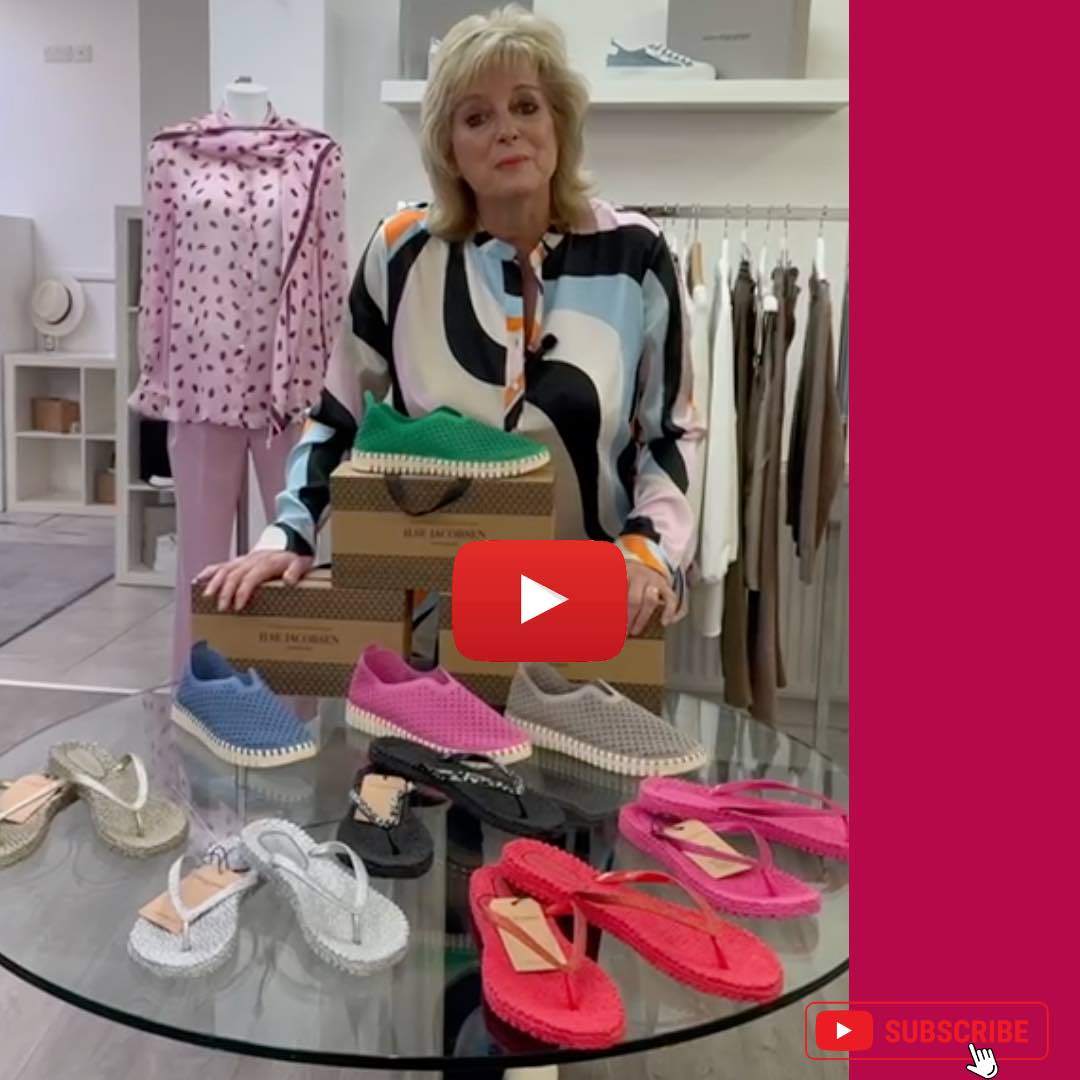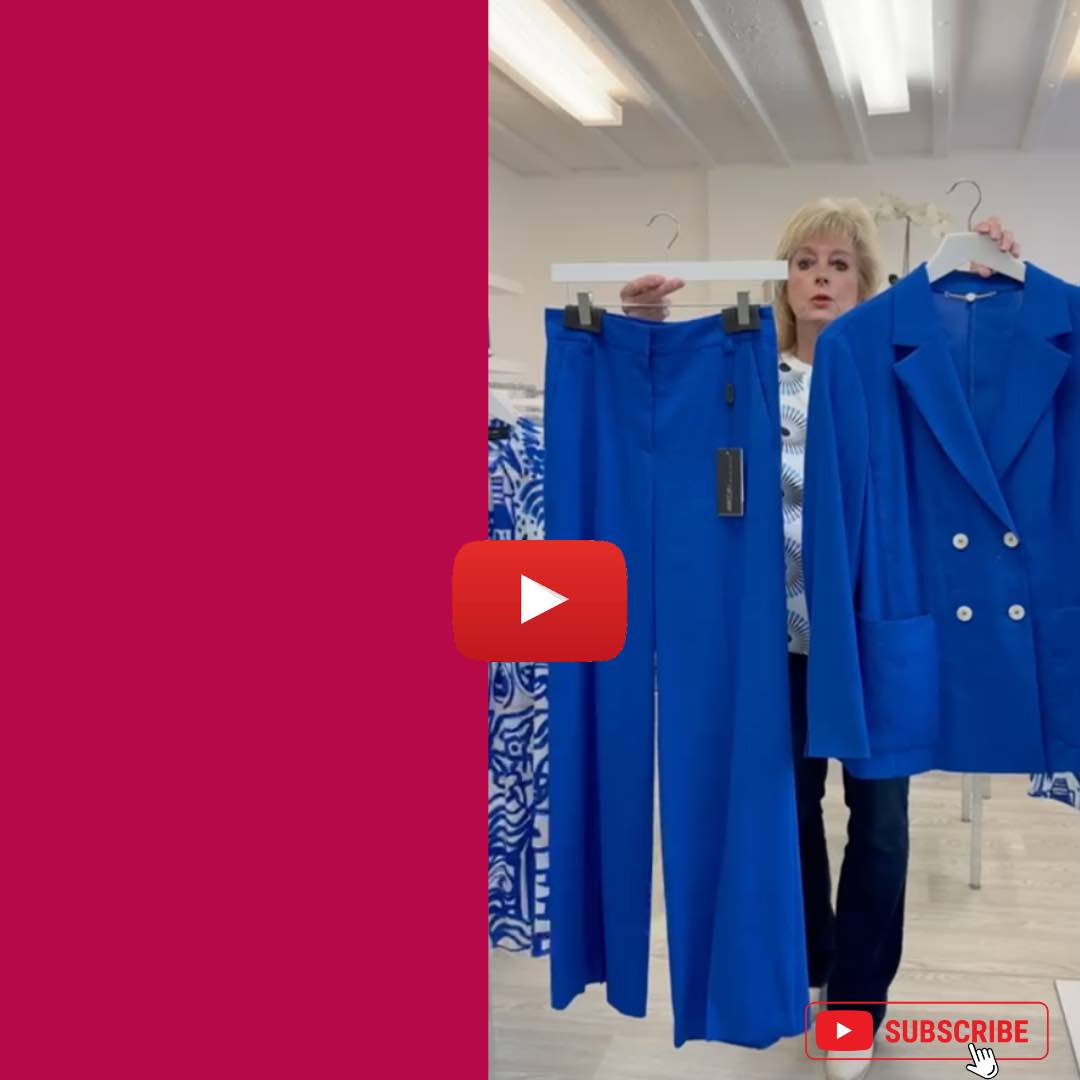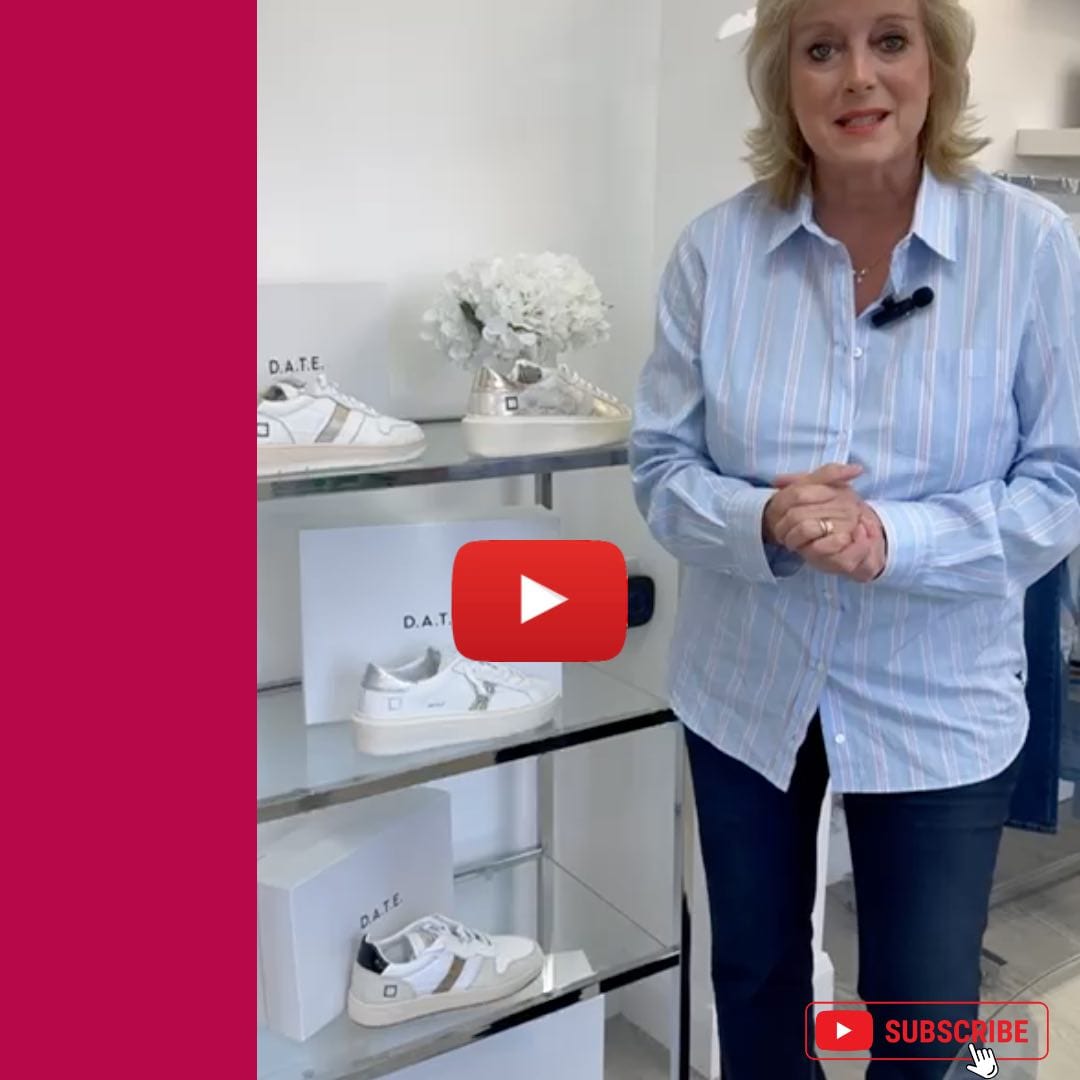Valves: Avoid buying a face covering with a valve, as they do very little. Marisa Glucoft, director of infection prevention Children’s Hospital Los Angeles explains: “When you wear a mask with a valve, people around you are not protected because the valve lets all of your breath into the air.”
Glasses: If you wear glasses, opt for a tie face covering so you can adjust the fit of it so it sits tightly across your nose, or look for a mask made with a nose clip. This will limit glasses from steaming up.
Facial hair: For people with facial hair, like beards or a moustache, the Centres for Disease Control and Prevention has warned that facial hair may interfere with the effectiveness of face masks. If you’re not willing to go clean-shaven, make sure that the hair fits inside of the mask.
Hearing difficulty: As face masks cover your mouth, it makes it difficult for deaf people and those who have hearing problems and communicate through lip-reading to know what you’re saying. It also limits understanding based on facial expressions. If you or someone you know is struggling with this, London-based charity Action on Hearing Loss has created an information card with tips for people with hearing loss and advice for the general public.
How often you’ll need to wear it: If you will be going on public transport every day, buy a pack of masks so you’re not washing just one every day to reuse. If you’re buying for your family, ensure that there is enough for everybody as masks should not be shared, in order to reduce the risk of transmission.
How it should fit: For a face mask to be effective, it must fit over the bridge of your nose, past the edges of your mouth to under the chin, without restricting your normal head movements. You should be able to breathe comfortably while wearing it.
Fabrics: You will also want a mask made in a fabric that’s soft enough to sit on your skin without any discomfort. The more uncomfortable you are, the more likely it is you will touch your face or fiddle with it.







